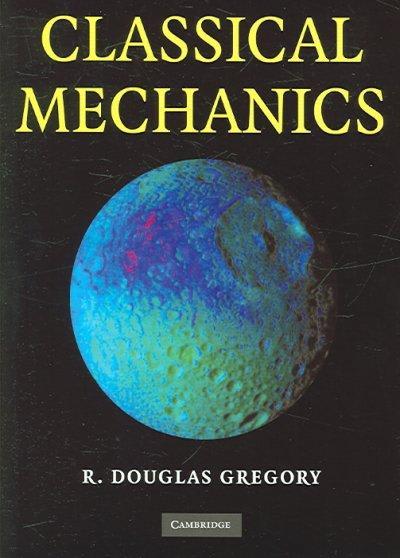Question
Consider a country that produces two goods wheat ( W) and cotton (C) with two factors of production: land (T) and labor (L). The technology
Consider a country that produces two goods wheat ( W) and cotton (C) with two factors of production: land (T) and labor (L). The technology for wheat and cotton are as follows. Each unit of wheat requires 10 units of labor and 1 unit of land. Each unit of cotton requires 30 units of labor and 1 unit of land. Denote the wage by w and the rent of land by r.
a. Suppose a country has 500 units of labor and 20 units of land. Determine the allocation of labor and land between the two goods algebraically and then show it diagrammatically. How much of wheat and cotton are produced in the economy?
b. Now suppose that the labor supply increases to 540 units.Determine the allocation of labor and land between the two goods algebraically and then show them diagrammatically. Verify the Rybczynski's theorem.
c. Now Suppose Malaysia has 500 units of labor and 20 units of land, while Indonesia has 80 units of land and 8000 units of labor. Which country has a comparative advantage in cotton? Which country has a comparative advantage in wheat? What is going to be the pattern of trade between these two countries?
d. Denote the price of cotton by PC and the price of wheat by PW. Suppose the autarky prices in the two countries are as follows. Malaysia: PC =100, Pw=40. Indonesia: PC =80, Pw= 60. Calculate the autarky levels of wage and rent in both countries.
e. Now, suppose the world trading price of the two goods is PC = 90, Pw=50. Calculate the factor prices in both countries in a trading equilibrium. Verify the Stolper-Samuelson theorem.
Step by Step Solution
There are 3 Steps involved in it
Step: 1

Get Instant Access to Expert-Tailored Solutions
See step-by-step solutions with expert insights and AI powered tools for academic success
Step: 2

Step: 3

Ace Your Homework with AI
Get the answers you need in no time with our AI-driven, step-by-step assistance
Get Started


